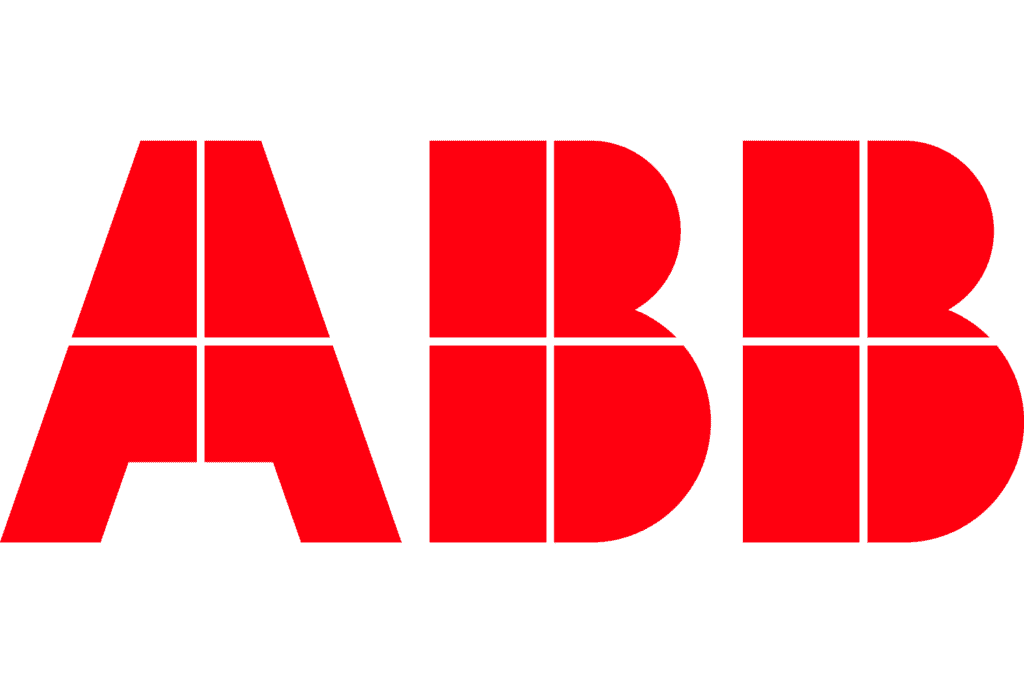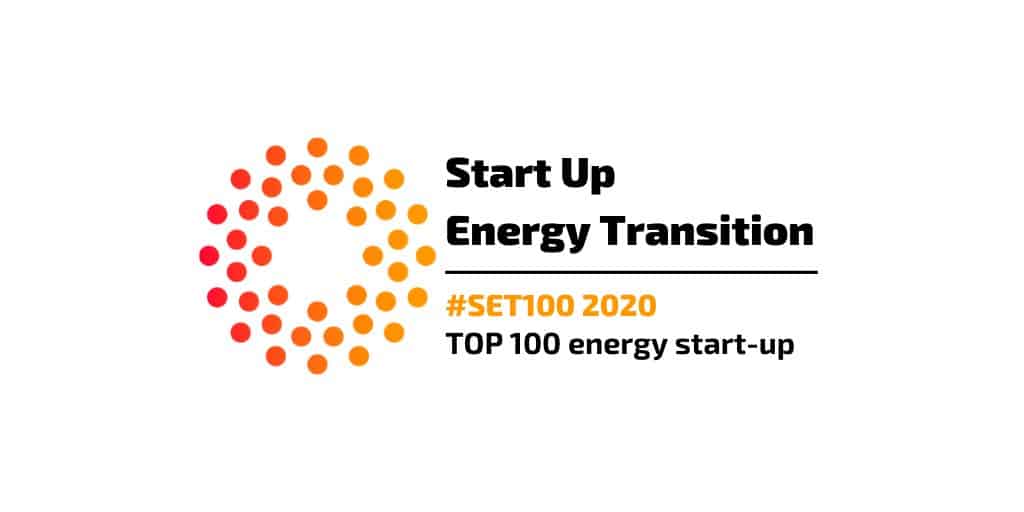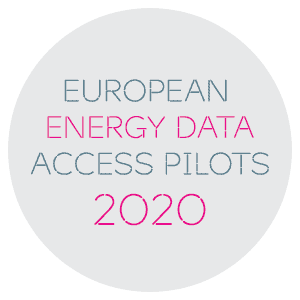Energy-as-a-Service is still a relatively nascent business model but has enormous disruptive potential to entirely transform the energy industry. Much like other ‘as-a-Service’ models in industries such as transport, Energy-as-a-Service represents a shift from a traditional product-led approach to the delivery of personalised energy services which offer significant added value to the end user. For comparison Energy-as-a-Service examples, think Uber or Netflix, and their strategy of bringing the customer exactly what they want, when and where they want it. For energy, the days of simply selling kilowatt-hours are fading away fast.
Alongside streamlining and improving services for the customer, Energy-as-a-Service has the potential to drive operational efficiencies, lower costs and accelerate innovation across the energy value chain. By enabling a more efficient, demand-responsive system, it offers the opportunity to optimise the grid and allows greater integration of decentralised sources. These are all crucial steps towards a more sustainable future for the industry, and the global economy as a whole.
As a data-led, technology-enabled retail model however, the success of Energy-as-a-Service relies heavily on access to widespread high-quality data and the data infrastructure required for complex analytics. We already see examples of Energy-as-a-Service throughout the energy industry as well as interconnected sectors such as e-mobility. But so far, energy data, although prolific, has been too fragmented and non-standardised to allow Energy-as-a-Service to fully scale as needed. Before exploring these challenges involved in data access, let’s briefly look at some innovative Energy-as-a-Service case studies.
The Digital Utility
Smart meter data generates a stream of usage and behavioural metrics which offers an incredibly valuable insight into energy consumption patterns. For utilities with a digital-first strategy, the benefits of accessing this near real-time data are two-fold. Firstly, it unlocks the development of multi-channel digital platforms and apps based entirely on data-driven preferences which vastly improve the customer experience. This engages the customer and drives loyalty in a very competitive market. It is no longer solely about selling electricity – it is about providing electricity as part of a holistic service which precisely answers the consumers’ comfort needs.
Secondly, analysis of the consumption data enables better understanding of demand and identification of demand patterns. This, in turn, allows the energy supplier to influence customer behaviour and incentivise greater usage at off peak times through dynamic tariffs. The result is a demand-responsive system with operational benefits for both supplier and network operator alike. One thing is clear though: for Energy-as-a-Service to scale in the retail sector beyond a small number of forward-thinking utilities, access to near real-time smart meter data on a far broader scale is vital.
Smart Grids, Microgrids and Virtual Power Plants
Smart grids are networks which enable a two-way flow of energy and employ data and advanced digital technology to automate operations and facilitate the rapid and flexible management of issues – so-called ‘self-healing grids’. They streamline operations, reduce electricity wastage and lower costs. Smart grids play a central role within the broader Energy-as-a-Service connected ecosystem by enabling the integration of efficient local decentralised systems, such as microgrids, prosumers and virtual power plants.
Microgrids are a way of generating and storing energy closer to the end user, improving the efficiency of existing services in a particular localised area. Microgrids are now being provided on a service basis at no capital cost by global corporations such as Siemens in areas where existing networks struggle.
Virtual power plants (VPPs) differ from microgrids in that they link together clusters of different energy generators and storage systems on a digital platform, integrated into the grid. By aggregating the management of assets, usually commercial, VPPs deliver value through economies of scale. One of Europe’s biggest VPPs, for example, is in Germany and links together hundreds of small renewable energy producers – 1300 wind farms, and 100 solar energy, hydropower and bioenergy producers, with the capacity equalling that of ten nuclear reactors. Run by an external provider as an outsourced Energy-as-a-Service operation, with costs based on OPEX rather than CAPEX, the VPP system significantly minimises risk for the individual producers. It employs complex operational data, combined with other data sets such as weather forecasting, to streamline operations as one large trading supplier. The opportunities for flexibility and scale with VPPs are obvious.
Finally, the rise in residential photovoltaic systems thanks to falling costs has sparked an increase in the number of energy ‘prosumers’ – consumers now generating their own solar energy and feeding excess back to the grid, making them active players rather than passive participants. With legacy one-way networks, this would cause significant issues with load management but thanks to smart grid technology, the network has become far more resilient.
These technology-driven Energy-as-a-Service solutions take the pressure off existing traditional centralised networks, localise supply and demand and form a modern highly flexible demand-responsive network. As such, they enable integration of a far higher proportion of renewable energy and take us further forward in the journey to a low carbon future.
Unlocking Energy-as-a-Service at scale
These are all innovative examples of Energy-as-a-Service and demonstrate well the potential of the model to revolutionise the energy industry. But as transformative as they sound, many of these elements remain on a small and disparate scale, unable yet to further develop and scale. One problem lies in the lack of consistent access to data, which we can see is an unquestionable cornerstone.
Energy-as-a-Service requires a universal connectivity gateway which provides access across all aspects of the industry to reliable, accurate standardised real-time data at scale via a streamlined process. With this in place, organisations will be able to integrate and exploit the vast streams of data which currently lies in siloes, but without expending significant budget and resources. This data access not only unlocks the innovation we’re currently only seeing on a relatively lowkey scale, but it enables businesses to bypass the constraints put in place by legacy IT architecture. They have much to learn from the example of smart grids using digital technology and data analytics to modernise traditional networks without the need for an entire physical infrastructure overhaul – the same can very much be said for both internal and external organisational processes across energy, from utilities to traders.
For other Energy-as-a-Service examples, including V2G in e-mobility, read our white paper here.
And to learn about the evolution of energy as a service, see here!











